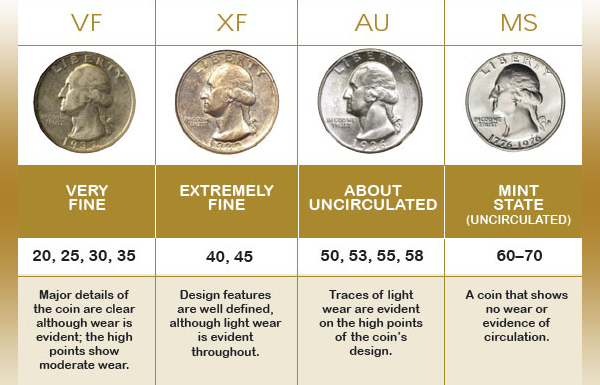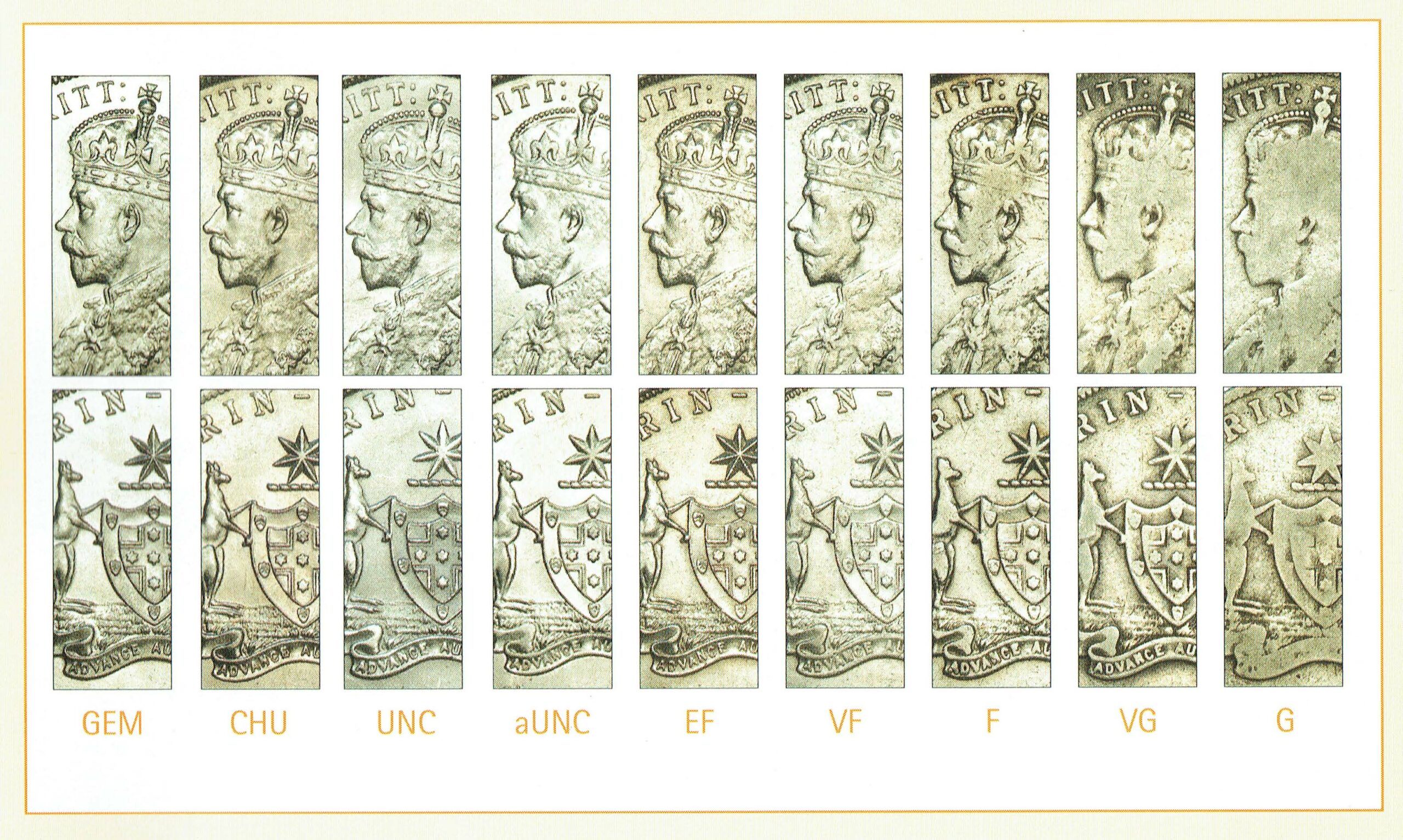Understanding the Basics of Coin Grading

Coin collecting is a fascinating hobby and an exciting way to invest in tangible assets. However, to truly appreciate the value of a coin, it is crucial to understand the coin grading system. Coin grading is the process of determining the condition or quality of a coin, which directly impacts its value. This guide will walk you through the essentials of coin grading and help you become familiar with the various coin grading scales used in the industry.
What is Coin Grading?
Coin grading involves evaluating a coin’s condition and assigning it a grade based on established standards. This helps collectors and investors assess a coin’s market value. Professional coin graders assess a coin’s physical characteristics, including its luster, color, surface preservation, and strike quality.
Why Coin Grading Matters
Understanding coin grading is essential for several reasons:
- Value Assessment: A coin’s grade significantly affects its market value. Higher-grade coins are typically more valuable.
- Authenticity Verification: Grading can help verify a coin’s authenticity, which is crucial in avoiding counterfeits.
- Market Transactions: A standardized grading system facilitates buying, selling, and trading coins by establishing a common language.
Coin Grading Scales
Several grading scales are used to assess a coin’s condition. Here, we’ll explore the most commonly used systems.
Sheldon Coin Grading Scale

The Sheldon Coin Grading Scale is widely used in the United States and other parts of the world, including Australia. Developed by Dr. William H. Sheldon in 1949, this scale ranges from 1 to 70, with 70 representing a perfect, mint-condition coin.
- 1 (Poor): The coin is barely identifiable, with significant wear and damage.
- 20 (Very Fine): Moderate wear on high points, but all major details are visible.
- 50 (About Uncirculated): Slight wear on the highest points, with most of the luster remaining.
- 70 (Mint State or Proof): Perfect condition with no signs of wear.
European Coin Grading System
In Europe, coins are often graded using terms rather than numbers:
- Poor (P): The coin is heavily worn and barely recognizable.
- Fine (F): Moderate wear with clear details.
- Extremely Fine (EF): Slight wear on the highest points.
- Uncirculated (U): No signs of wear, with full luster.
Australian Coin Grading

In Australia, the coin grading system combines elements of both the Sheldon Scale and European grading:
- Good (G): Significant wear, but major details are visible.
- Very Fine (VF): Moderate wear with clear details.
- Choice Uncirculated (CU): No wear, with strong luster.
Factors Influencing Coin Grading
Several factors contribute to a coin’s grade. Understanding these can help you better assess coins on your own.
Luster
Luster refers to the way light reflects off a coin’s surface. Coins with original mint luster are typically graded higher.
Surface Preservation
The presence of scratches, marks, or other imperfections affects a coin’s grade. Coins with fewer blemishes are more desirable.
Colour
The colour and toning of a coin can influence its grade. Natural toning is often preferred, while unnatural colors may decrease a coin’s value.
Strike Quality
The strike quality refers to how well the design details are imprinted on the coin. Coins with sharp, clear details are graded higher.
Coin Appraisal and Professional Grading
While you can learn to grade coins yourself, professional grading services offer an expert evaluation. These services provide a certificate of authenticity and a grade for your coin, which can be particularly useful for high-value coins.
Choosing a Grading Service
When selecting a coin grading service, consider:
- Reputation: Choose a well-established and respected grading company.
- Certification: Ensure the service provides certification and documentation.
- Turnaround Time: Consider how quickly you need the grading completed.
Tips for Beginners
If you’re new to coin collecting or grading, here are some tips to help you get started:
Start with Affordable Coins
Begin with coins that are affordable and readily available. This allows you to practice grading without a significant financial investment.
Use a Magnifying Glass
A magnifying glass or loupe can help you examine a coin’s details more closely, making it easier to assess its condition.

Learn from Experts
Join coin collecting clubs or online forums to connect with experienced collectors. They can provide valuable insights and guidance.
Keep Detailed Records
Maintain a record of the coins in your collection, including their grades and any relevant details. This can help you track your collection’s value over time.
Conclusion
Understanding the basics of coin grading is an essential skill for any coin collector or investor. By familiarizing yourself with the various grading scales and factors that influence a coin’s grade, you can make more informed decisions and better appreciate the value of your collection. Whether you’re just starting or have been collecting for years, mastering coin grading can enhance your enjoyment and success in this fascinating hobby.

